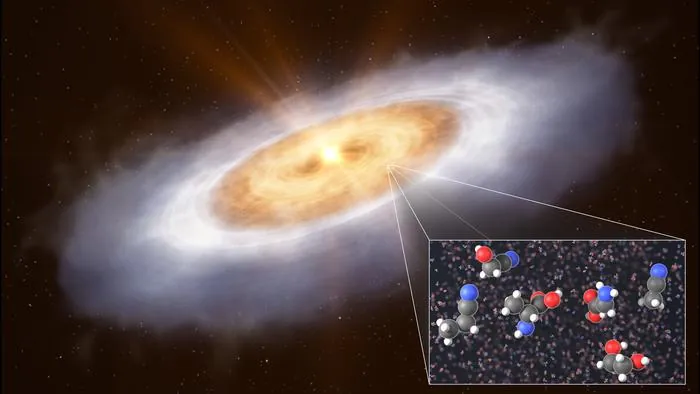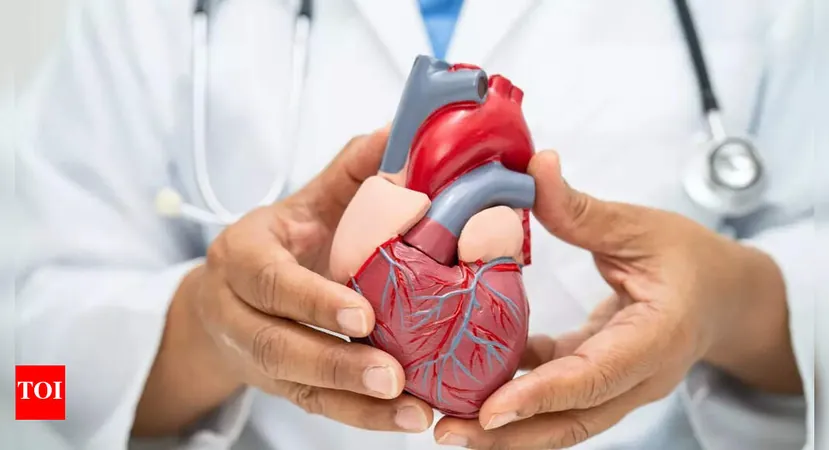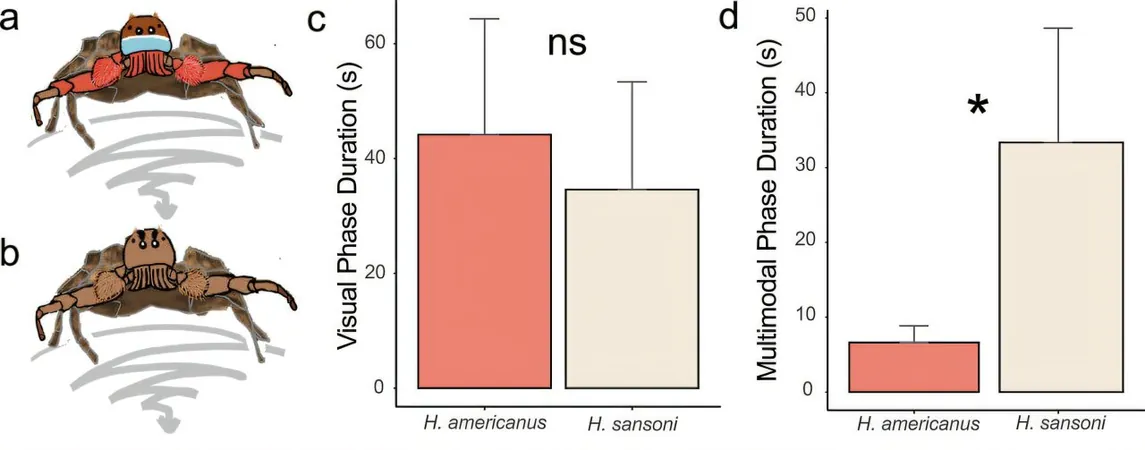
Life's Building Blocks Found Sprinkled Across the Universe? A Shocking Discovery!
2025-07-25
Author: Wei Ling
Incredible Discovery Around Distant Star!
Astronomers have made a groundbreaking revelation: the essential ingredients for life are more abundant across the universe than we ever imagined! They've identified 17 complex organic molecules swirling around the infant star V883 Orionis, located 1,300 light-years away in the Orion constellation.
What Did They Find?
Among the materials detected are ethylene glycol and glycolonitrile—critical precursors for DNA and RNA! Published in *The Astrophysical Journal Letters* on July 23, this finding challenges long-held beliefs about the rarity of life's chemical precursors in the cosmos.
A Shift in Scientific Perspective!
Previously, scientists thought that the violent conditions during star formation would obliterate these vital compounds, limiting life's foundational ingredients to only special planetary systems. But now, researchers are reconsidering this perspective.
Kamber Schwarz, an astrochemist at the Max Planck Institute, stated, "Our results suggest that protoplanetary discs inherit complex molecules from earlier stages, allowing the formation of these molecules to continue even during their development." This could change everything we know about how life might emerge in different corners of the universe!
The Violent Birth of Stars: A Surprising Outcome!
Stars ignite from vast clouds of gas and dust. As they collapse under gravity, they transform into protostars and protoplanetary discs, where planets and other celestial bodies eventually form. This process, known for its violent nature, was thought to disrupt the formation of complex organic molecules.
Utilizing Cutting-Edge Technology!
Using the Atacama Large Millimeter/submillimeter Array (ALMA)—a sophisticated network of 66 radio telescopes in Chile—the researchers detected key emission lines from organic molecules within the protoplanetary disk of V883 Orionis. This young star, still engaged in stellar fusion, emits powerful radiation bursts, contradicting the earlier assumption that such outbursts would destroy organic compounds.
Instead, these intense outflows might actually release these vital chemicals from the icy surfaces where they typically form, suggesting a direct link between interstellar clouds and fully developed planetary systems!
Caution Ahead: More Data Needed!
While the findings are thrilling, the team stresses that caution is warranted. They plan to acquire higher resolution data to solidify their findings and further explore how these compounds behave as the host star continues to evolve.
"We may also need to investigate other electromagnetic spectrum regions to uncover even more complex molecules," Fadul suggests. The cosmos holds countless secrets—who knows what else awaits discovery?



 Brasil (PT)
Brasil (PT)
 Canada (EN)
Canada (EN)
 Chile (ES)
Chile (ES)
 Česko (CS)
Česko (CS)
 대한민국 (KO)
대한민국 (KO)
 España (ES)
España (ES)
 France (FR)
France (FR)
 Hong Kong (EN)
Hong Kong (EN)
 Italia (IT)
Italia (IT)
 日本 (JA)
日本 (JA)
 Magyarország (HU)
Magyarország (HU)
 Norge (NO)
Norge (NO)
 Polska (PL)
Polska (PL)
 Schweiz (DE)
Schweiz (DE)
 Singapore (EN)
Singapore (EN)
 Sverige (SV)
Sverige (SV)
 Suomi (FI)
Suomi (FI)
 Türkiye (TR)
Türkiye (TR)
 الإمارات العربية المتحدة (AR)
الإمارات العربية المتحدة (AR)